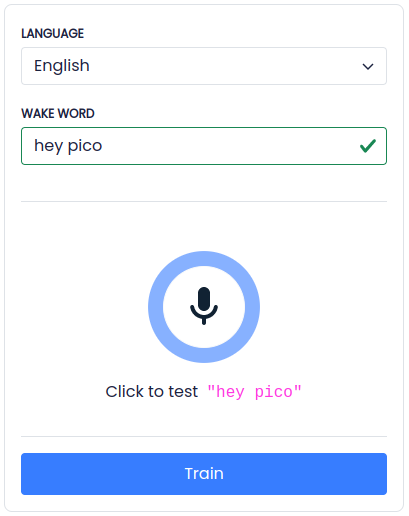Story
In 2018, the approach to voice AI was to gather data and train a model for each project. Any requirement changes would reset the process. Model sizes correlated with accuracy - the larger, the better. Only a handful of companies could afford to build or buy it.
The launch of Porcupine Wake Word challenged these industry dogmas - and this was only the beginning!

Porcupine Wake Word was more accurate and efficient than alternatives. Training a custom wake word would take hours, not months. It was groundbreaking. Today, it’s even better and Picovoice keeps innovating:
- Only full-stack voice AI platform with modular, accurate, and private voice AI products.
- Only Free Plan with all deployment options, products, and SDKs, enabling PoCs in seconds.
- Driver of the industry with innovative products, open-source benchmarks and datasets.